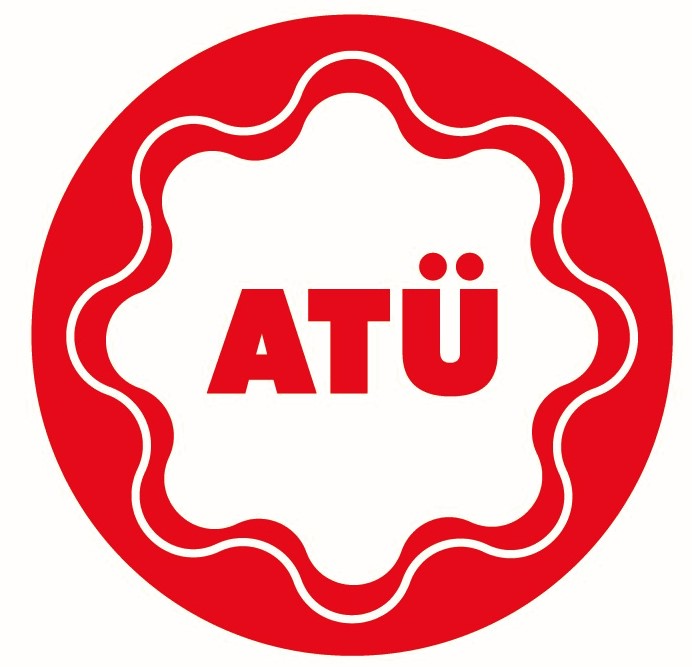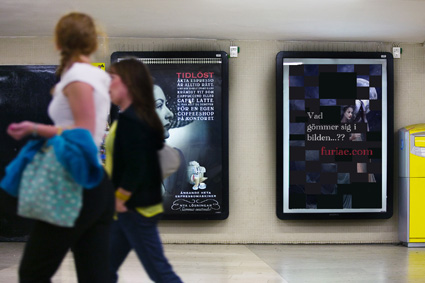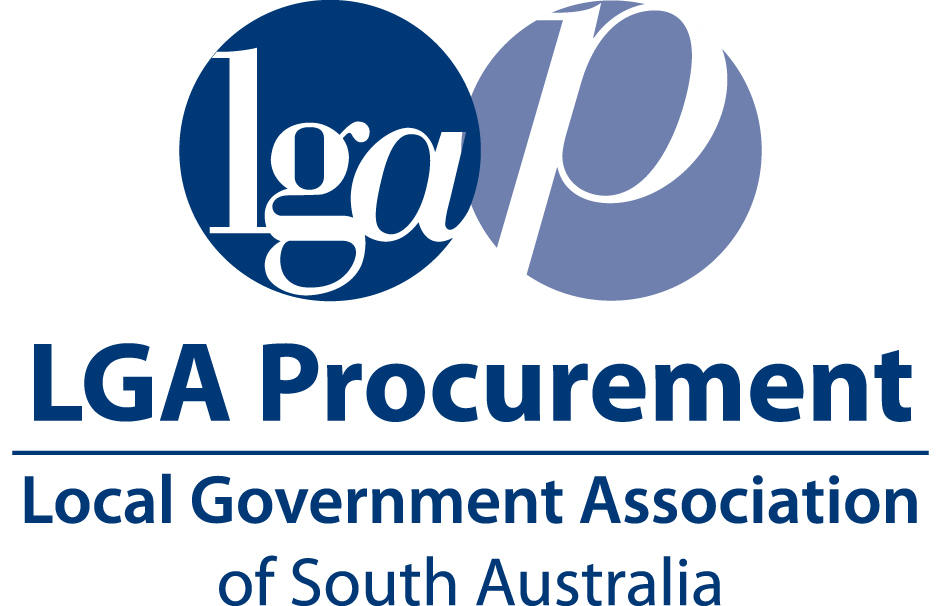4 children’s hospital los angeles human subjects protection program 4650 sunset boulevard, mail stop #23 los angeles, california
4
Children’s Hospital Los Angeles
HUMAN SUBJECTS PROTECTION PROGRAM
4650 Sunset Boulevard, Mail Stop #23
Los Angeles, California 90027
Phone: 323-361-2265 Fax: 323-361-3620
Internal Research Repository Worksheet (supplementary worksheet for
repositories created at CHLA)
===================================================================
A Research Repository – often referred to as “banking” - collects,
stores, and distributes human specimens/data for research purposes.
Repository activities involve three components: (i) the collection of
specimens/data; (ii) the repository storage and data management
center; and (iii) the recipient investigators. A repository also
refers to paper or computerized data.
If the research study is creating a repository of specimens/data that
will be made available to other investigators outside of this research
study (including other investigators at CHLA), information must be
provided outlining the nature of this process.
Operation of the repository and its data management center is subject
to oversight by the CHLA Institutional Review Board (CHLA IRB). The
IRB will review and approve a protocol specifying the conditions under
which specimens and data may be accepted and shared, and ensuring
adequate provisions to protect the privacy of subjects and maintain
the confidentiality of data. The IRB will also review and approve a
specimens/data collection protocol and informed consent document that
would be used to collect specimens/data. It is recommended that a
Certificate of Confidentiality be obtained to protect the
confidentiality of repository specimens and or data (when
appropriate).
Glossary
Anonymous Data – Identifiable data were not collected at any point in
the research and cannot be retrieved by the investigator. Example:
There are no identifiers (direct or linked via a code) on the data
collection form.
Coded Data – Data are labeled with a unique ID number. A separate link
(key) is kept which connects this ID number to a patient identifier
(name, medical record number, etc.) Generally this is done if you
anticipate that you might need to gather or verify subject data at
more than one pointing the life of the study. Example: The data
collection form has a unique identifying number, and a separate link
is kept which correlates this number to a patient identifier.
De-identified or Anonymized Data – Data from which all identifiers
have been removed and cannot be retrieved by the investigator. Example:
The data collection form has an identifier on it. The data is then
transferred, without the identifier, to another document, and the
initial data collection form is destroyed.
Identified Data – Data is directly labeled with patient identifying
information (i.e., patient’s name, social security number, medical
record number, etc.) so that the data can readily be connected with a
specific patient. Example: Rose Smith, MR#007
Data Manager – The individual or group of individuals responsible for
the security and disposition of the specimens/data.
Gatekeeper – An individual or group of individuals who determine
whether an investigator can gain access to specimens/data in order to
conduct research with those specimens/data.
Recipient Investigator – An individual receiving specimens/data from a
repository in order to conduct research with the specimens/data.
Section I. Collection of Specimens/Data
1.
Please identify the data manager(s) or individual(s) responsible
for managing the repository under item 2.1 of the iStar
application.
2. Please specify below the types of material that will be stored in
the repository (check all that apply):
Specimens (e.g., surgically obtained specimens, biopsy, specimens
obtained through a blood draw, specimens obtained by catheter [urine],
other [nail, hair, saliva, breast milk, pus, buccal cells])
Data (information)
Section II. Repository Storage and Data Management
3. Please specify the exact location of the repository at CHLA:
4. Please indicate below how the specimens/data are labeled at the
repository (check all that apply):
Coded
De-identified
Anonymized
Other (please describe):
5. If the specimens/data will be coded, who will hold the key? (check
all that apply):
Only the institution(s) providing the specimens/data to the repository
CHLA
Other (please describe):
6. Please describe the specific types of research to be conducted with
the specimens/data (check all that apply):
Specific diagnosis/condition
Related diagnosis/condition
Unrelated to the diagnosis/condition
Other (please describe):
7. If the subject wishes to withdraw permission for future use of
his/her specimens/data, please describe how this will occur. (Or
indicate “not applicable” specimens/data are anonymous or are not
linked):
Section III. Recipient Investigators
8. Please identify the gatekeeper(s) or individual(s) responsible for
reviewing the adequacy of the investigator requests for use of the
specimens/data under item 2.1 of the iStar application.
9. What type of subject identification information will be provided to
recipient investigators with the specimens/data?
Indirect identifiers (i.e. subject codes or “links” that usually
numerically link the specimen/data to identifiable information)
Direct identifiers (i.e. name, medical record number)
No information will be provided (anonymous specimens/data only)
10. If direct identifiers will be provided with the specimens/data,
specify which identifiers and justify:
11. Will specific information related to the donor subjects’ condition
be available to these subjects?
Yes, because the information could have an impact on the clinical care
of the subject.
No, because the information will have no impact on clinical care
and/or there is uncertainty regarding the utility of the information.
No, because the identity of the subject will not be known.
12. If yes, please describe the plan to inform the subjects of the
outcome of the research:
13. Please provide the following assurance by checking the box below:
Specimens/data will not be released to any investigators who do not
have IRB oversight.
NOTE: If the PI is leaving the institution, the project must be
amended to clarify what will happen to the repository.
Version 2/10/15
 UNIT ACTIVITY UNIT ADVANCED FUNCTIONS THIS ACTIVITY WILL HELP
UNIT ACTIVITY UNIT ADVANCED FUNCTIONS THIS ACTIVITY WILL HELP ENJEKSİYON UYGULAMALARI HASTA BİLGİLENDİRME VE ONAM FORMU SAYIN HASTAMIZ
ENJEKSİYON UYGULAMALARI HASTA BİLGİLENDİRME VE ONAM FORMU SAYIN HASTAMIZ PLAN BÁSICO DE ORDENAMIENTO TERRITORIAL – DIAGNÓSTICO RURAL –
PLAN BÁSICO DE ORDENAMIENTO TERRITORIAL – DIAGNÓSTICO RURAL – CERERE PRIVIND PORTABILITATEA DATELOR PERSONALE CĂTRE…………………………………………………………………………………………… SUBSEMNATULSUBSEMNATA(NUMELE ŞI PRENUMELE)
CERERE PRIVIND PORTABILITATEA DATELOR PERSONALE CĂTRE…………………………………………………………………………………………… SUBSEMNATULSUBSEMNATA(NUMELE ŞI PRENUMELE) PITCH TILL SPELET FURIAE MOMENT 4 VT07 GRUPP 3
PITCH TILL SPELET FURIAE MOMENT 4 VT07 GRUPP 3 LGAP CONTRACT 16001 REQUEST FOR QUOTATION SPECIFICATION REQUEST FOR
LGAP CONTRACT 16001 REQUEST FOR QUOTATION SPECIFICATION REQUEST FOR 3 PRIMOŽ ŠPORAR BRITOF 469 4000 KRANJ GSM 041
3 PRIMOŽ ŠPORAR BRITOF 469 4000 KRANJ GSM 041 ŠPORTNE IGRE ZAPOSLENIH 2019 POSTOJNA 7092019 ŠPORTNI PARK POSTOJNA
ŠPORTNE IGRE ZAPOSLENIH 2019 POSTOJNA 7092019 ŠPORTNI PARK POSTOJNA INTERNETOWY SYSTEM AKTÓW PRAWNYCH STATUS AKTU PRAWNEGO OBOWIĄZUJĄCE ADRES
INTERNETOWY SYSTEM AKTÓW PRAWNYCH STATUS AKTU PRAWNEGO OBOWIĄZUJĄCE ADRES SENARAI SEMAK PERMOHONAN UNTUK DITERIMA MASUK SEBAGAI PEGUAM SYARIE
SENARAI SEMAK PERMOHONAN UNTUK DITERIMA MASUK SEBAGAI PEGUAM SYARIE